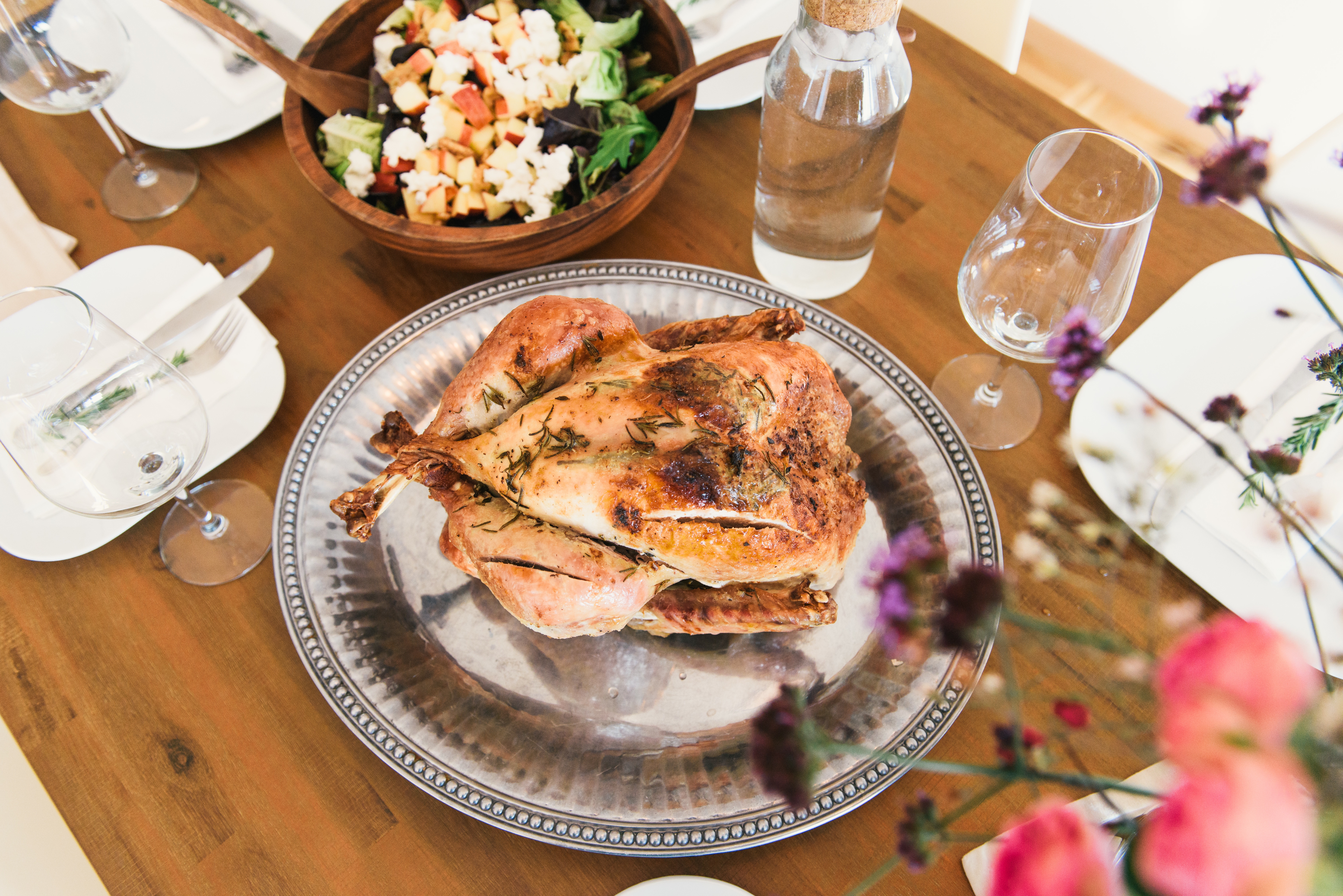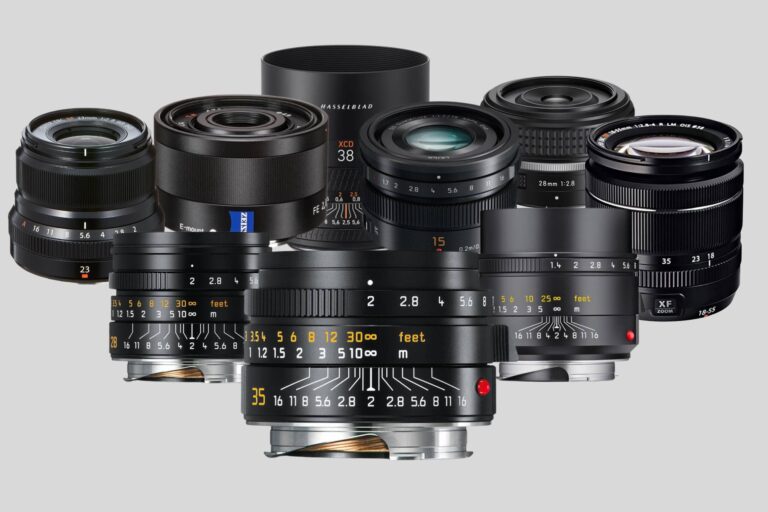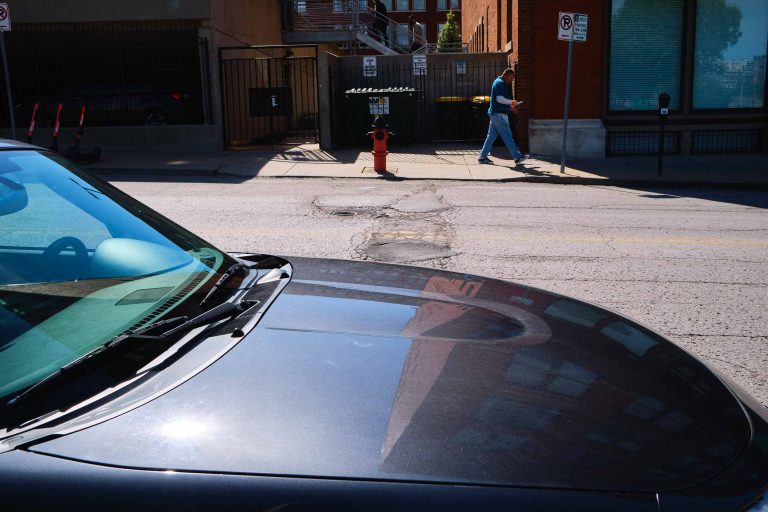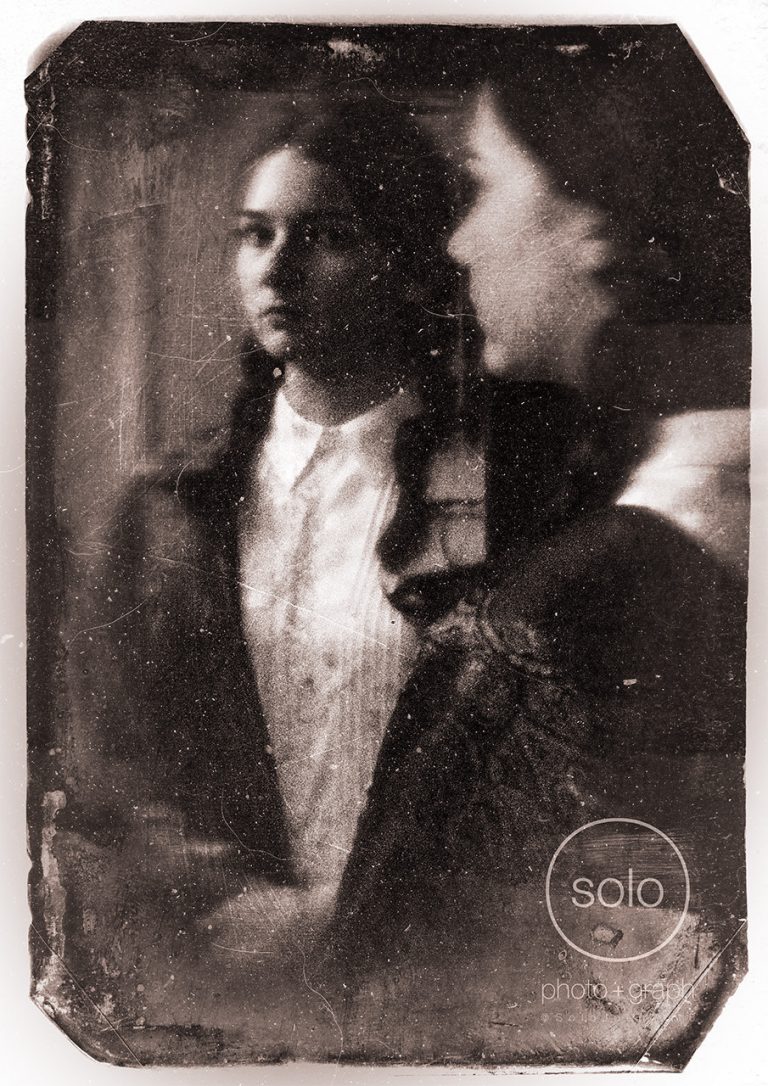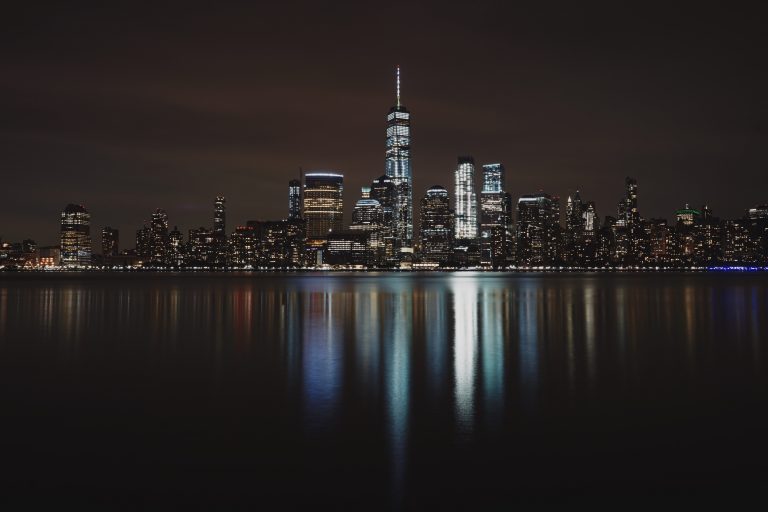28mm Vs. 40mm Lens Comparison for Street Photography

28mm and 40mm lenses are both very viable focal lengths for street photography.
I’ve used both enough to know their strengths and weaknesses. Each lens brings a unique perspective to the table.
The 28mm immerses viewers in the scene, but requires getting close, making candid shots trickier. The 40mm provides a bit more distance, allowing for more subtlety, but might crop out some context in confined spaces.
I’ll say that both of these focal lengths are very capable, but understanding their differences can make your street photography more enjoyable and more in line with the look you’d like to create. It’s really not about which lens is better, but rather, which one suits your vision and style.
What I Like About 28mm Lenses for Street Photography
The 28mm focal length is my preference for capturing wide street photography scenes. It’s a great focal length for the hunting street photography technique, because it allows you to take photos of people close to you without excluding important parts of the scene.
This focal length allows me to include street scenes in one frame, offering a broad perspective that adds context to my shots. Its wide-angle field of view is perfect for tight spaces, ensuring no part of the scene is left out. Whereas tight spaces such as narrow sidewalks or in a subway can present challenges to longer focal lengths, 28mm lenses are plenty wide for these scenarios.
The immersive nature of the 28mm field of view adds a dynamic, real-world look that makes viewers feel like they’re there on the street where it was taken.
Many 28mm lens options are compact and lightweight, which is important to me as a street photographer, as I like to go unnoticed as much as possible and carry my gear all day without getting too weighed down.
Potential Downsides of 28mm Lenses
While 28mm lenses are great, they’re not for everyone.
After years of doing this, it’s not really an issue for me, but you do have to get close to subjects to fill the frame. If that makes you uncomfortable and it’s not something you see yourself getting used to, a longer focal length like 40mm may be better suited to your style.
Another thing worth mentioning is that composing clean shots on a 28mm lens is more difficult. With how wide the perspective is, there are a lot of things that can get in the frame to clutter it.
Despite these issues, 28mm is one of my favorite focal lengths for street photography, and I think it’s the best wide-angle option.
28mm Street Photography Sample Photos
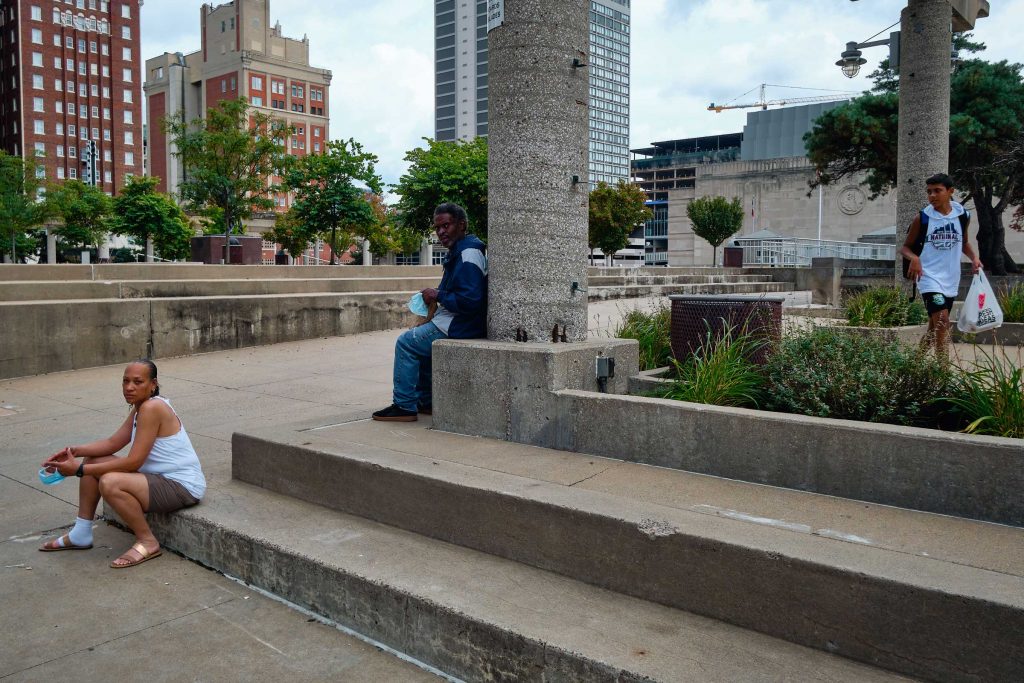










What I Like About 40mm Lenses for Street Photography
40mm lenses offer a unique perspective in street photography. Its focal length strikes a nice balance, providing a wider view than a 50mm lens but a tighter frame than a 28mm lens.
The 40mm lens allows for a natural and realistic field of view, closely mirroring human vision. This results in capturing scenes not unlike as they appear to the naked eye. It’s less intrusive than 28mm lenses, enabling you to keep a more relatively comfortable distance while shooting street scenes.
Similar to 28mm lenses, 40mm primes are small and lightweight.
Disadvantages of 40mm Lenses
The 40mm focal length can sometimes be too tight for capturing scenes that require a wide-angle lens. In confined spaces, you might not have enough room to back up to capture the scene you want. If you’re on a street with wide sidewalks or in a park with some space, it’s not a problem. However, 28mm lenses are more versatile because you can always step closer or crop in, but you don’t always have the room to step back when you’re using a 40mm lens.
Also, there are fewer 40mm lenses available than 28mm. However, manufacturers seem to be releasing more and more 40mm lenses now.
Despite these drawbacks, the 40mm lens holds its own for street photography, offering a unique blend of characteristics.
40mm Street Photography Samples



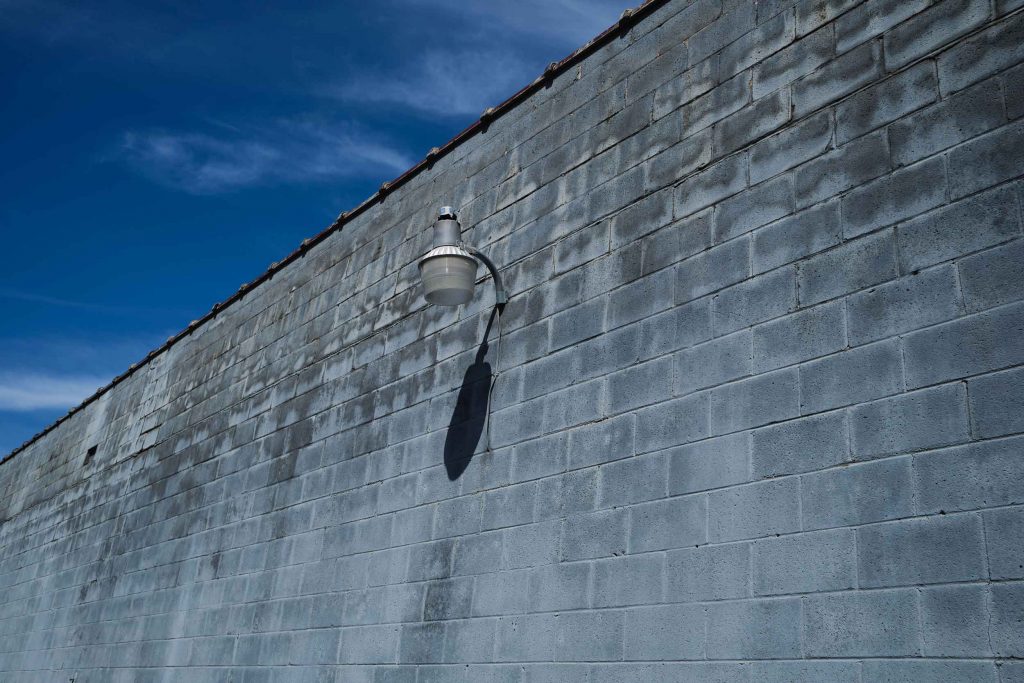
Exploring Focal Lengths for Street Photography
In my time doing street photography, I’ve come to the realization that there are many tools to get the job done. Everyone sees a bit differently, so the right tool for the job might not be the right one for you.
With that said, I can comfortably photograph with either a 28mm or 40mm lens and switch back and forth between the two without much trouble.
The 28mm lens, with its wide field of view, allows me to capture more of the scene. However, this means I’ve to get closer to subjects, which can make it a bit challenging at times. I find that 28mm lenses are more enjoyable to use in crowded areas, where it’s not so obvious you’re taking photos of people.
On the flip side, 40mm lenses have less distortion and give you more working space between you and subjects. 40mm lenses make it easier to eliminate distractions in a composition, which is beneficial for doing more abstract street photography.
However, 40mm lenses are limiting in confined spaces.
Last Thoughts
Both the 28mm and 40mm lenses have their merits for street photography.
The 28mm’s wide view immerses the viewer, but you’ll need to get close to your subjects.
The 40mm offers a comfortable distance and abstract compositions, though it can limit context in tight spaces.
It’s really not about which lens is better for street photography; it’s about which suits your style and the look you’re going for.
If you’re trying to decide between the two, I’d recommend renting one lens of each focal length and trying them out to see which you like better. And if you have the budget for both, it certainly doesn’t hurt having one of each in your camera bag.
And if you’re interested in more focal length comparisons for street photography, I also compared these:

